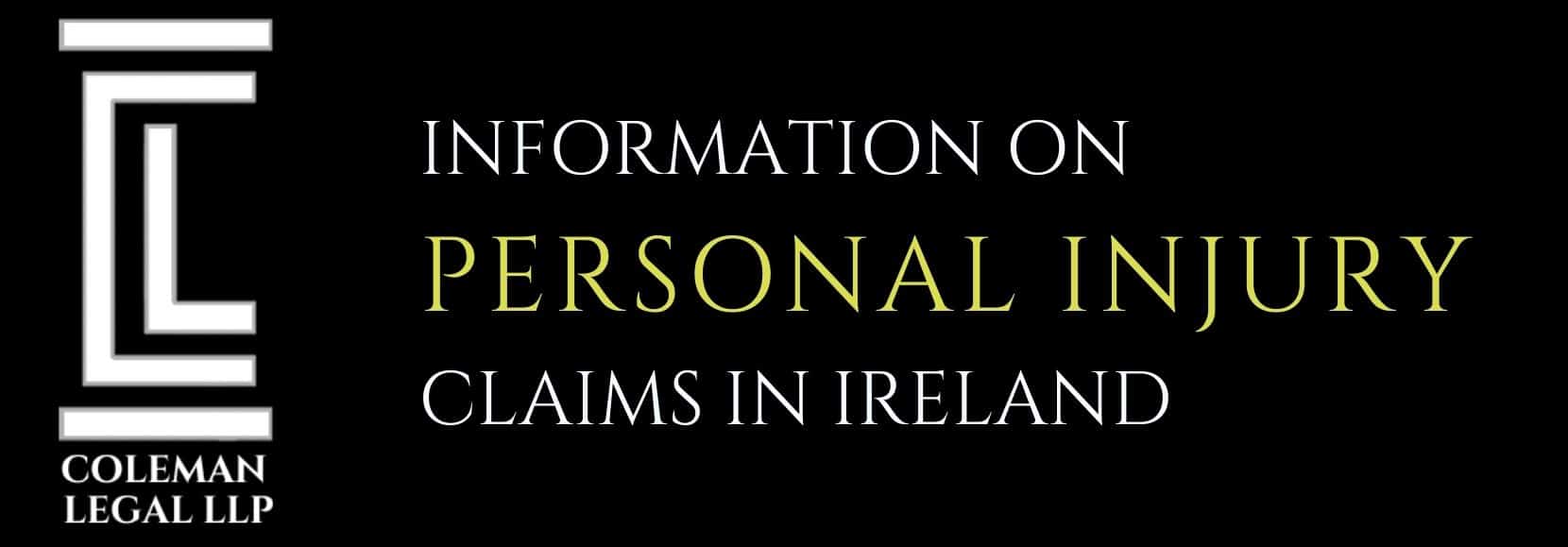I was hurt in an accident that involved a few other people and was advised to ask what is the O’Byrne letter precedent?
Many potential plaintiffs involved in multiple party accidents ask, “What is the O’Byrne letter precedent?”, but before that can be explained they should first understand “letters of claim”. Generally speaking, in a straightforward case with one respondent, a person who wishes to make a personal injury claim in Ireland has two months in which to advise the negligent party that a claim is being made against them. The letter pre-warns them that they will be hearing from the Injuries Board Ireland with a “Formal Notice”, which informs the respondent that the Injuries Board has received an application for a personal injury assessment.
This letter of claim, which is sent by the accident victim’s solicitor on their instruction, would be replaced by another, answering the question “what is the O’Byrne letter precedent”. The O’Byrne letter is send to the number of respondents involved in the accident, not only to inform them of the impending compensation claim being made against them, but also to decide what degree of liability each respondent is responsible for.
The O’Byrne letter will acknowledge that the accident in question happened as a result of the negligence of the recipient and that of the other respondents and that the plaintiff is not in a position to say who is to blame. Therefore, it is up to the respondents to agree amongst themselves what percentage of blame they should each take.
To further explain “what is the O’Byrne letter precedent”, it, like any other letter of claim, will call upon the recipient to admit liability within a designated time period and to make offers to compensate the plaintiff. A warning will follow, that in the absence of an admission of liability and an offer of compensation, application will be made to the Injuries Board. Another component would be a warning to the recipient that the O’Byrne letter itself can be used in evidence in order to fix the unsuccessful respondents with the expenses in favour of the respondents who are found not to be liable. The recipient is also advised that in the absence of compensation, the plaintiff will seek to recover those expenses in further court proceedings.
When one has understood what is the O’Byrne letter precedent, it is important to remember that in these cases where multiple parties are involved, and it is unclear who should hold the largest percentage of responsibility, the plaintiff should not attempt to interfere by trying to prove negligence or even by debating over the issue. This matter is only for the respective respondents to decide amongst themselves.
